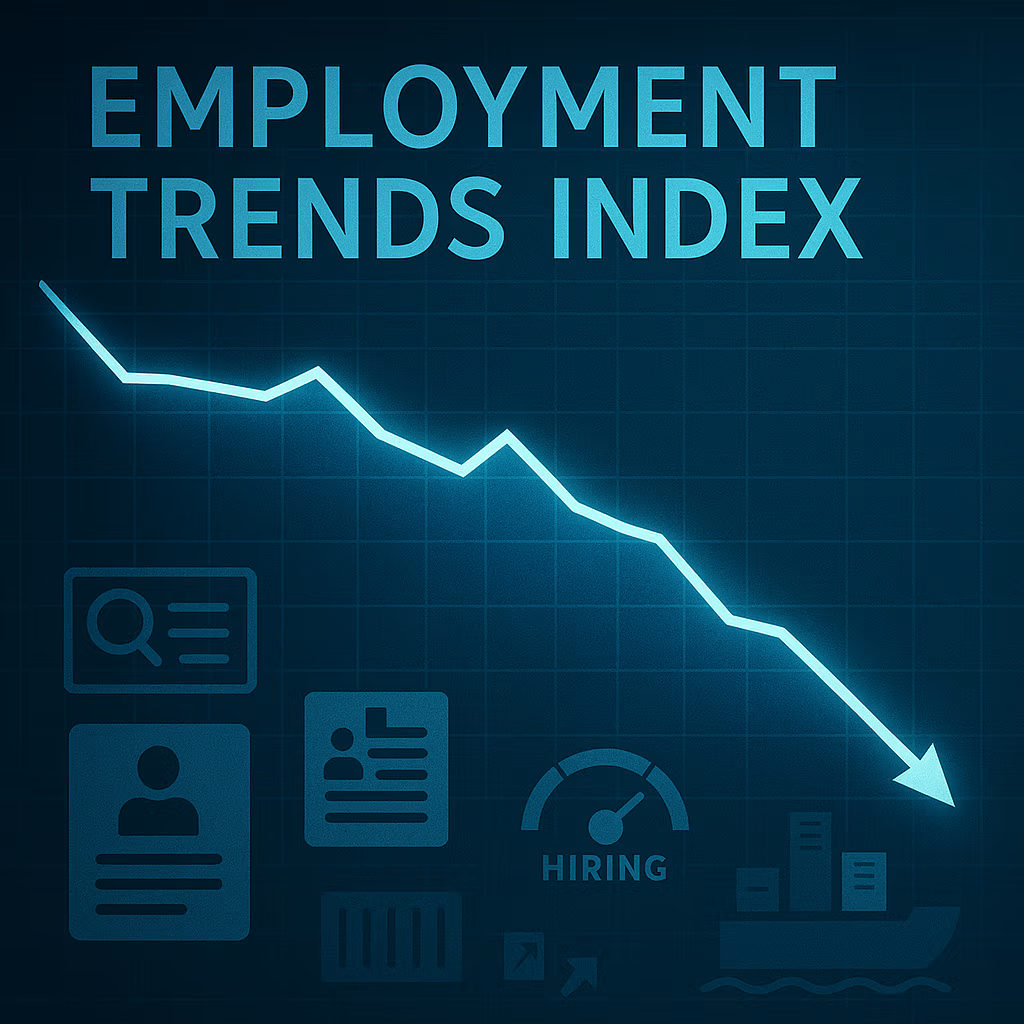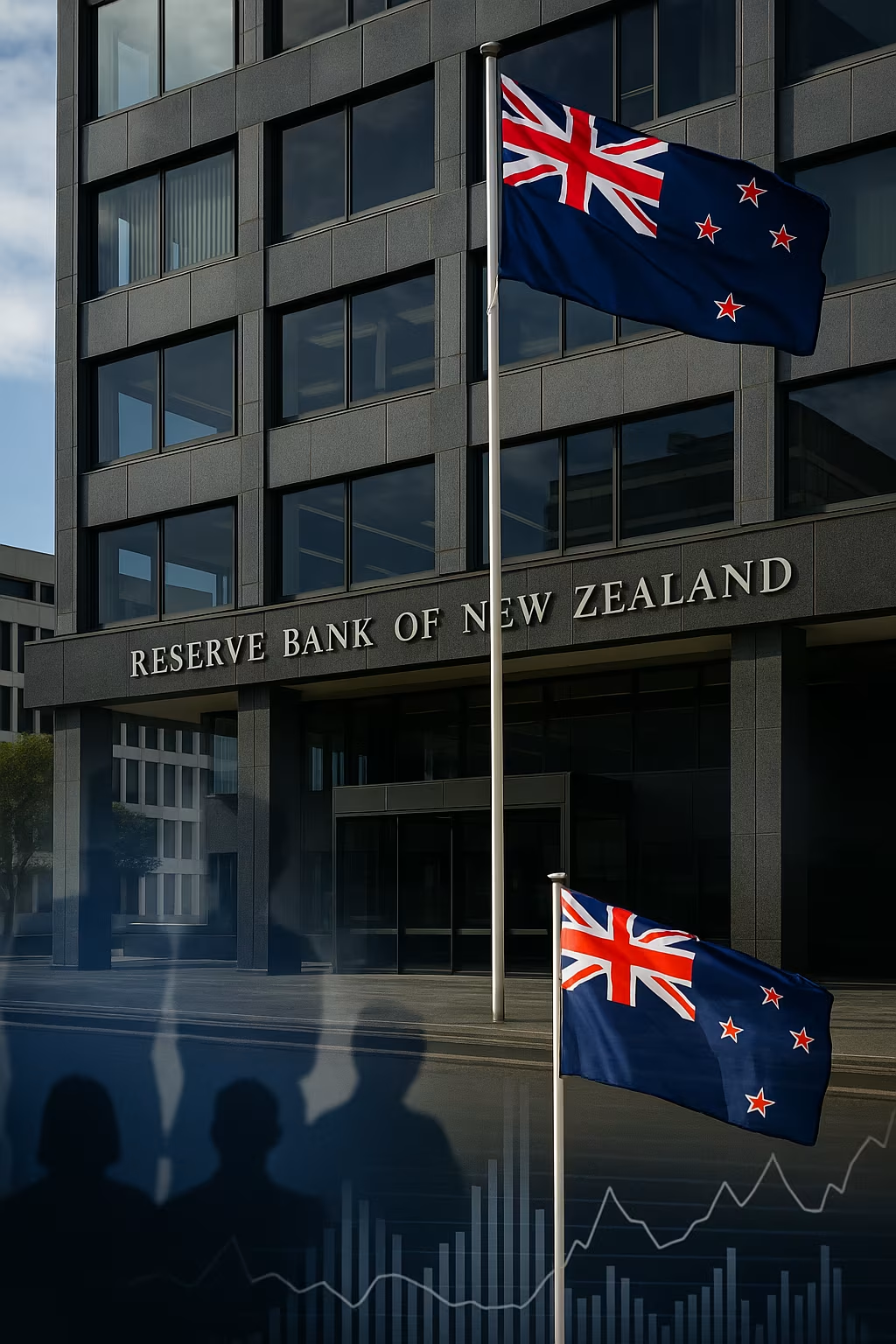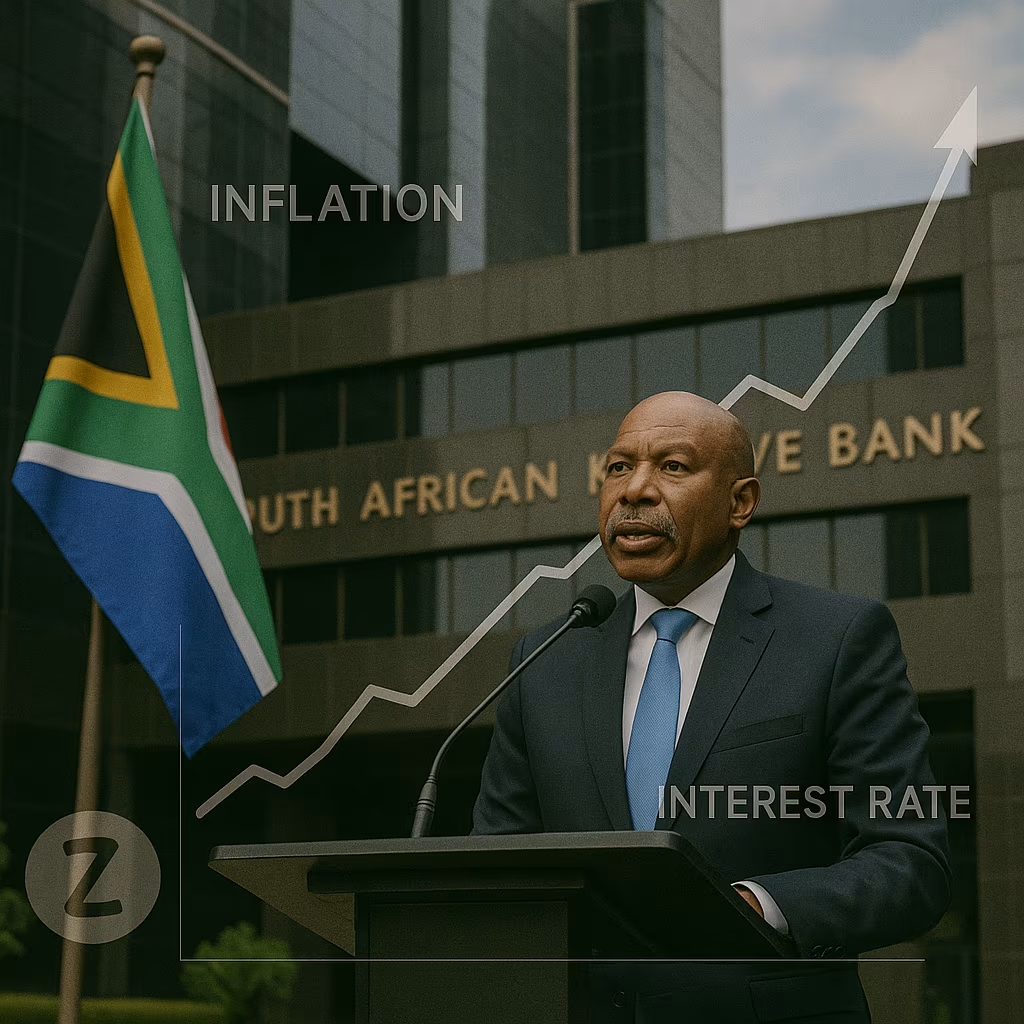As America’s national debt surges past $34.5 trillion, some of the world’s most respected economists are asking a question once considered purely academic: How high can U.S. debt rise before it triggers a full-blown economic crisis? For years, the assumption was that the U.S.—as the issuer of the world’s reserve currency—could carry large deficits with minimal consequences. But in 2024, as interest payments balloon and political dysfunction deepens, even this bedrock belief is being tested.
The question is no longer whether debt matters—but how much is too much, and when the tipping point arrives.
The Debt Explosion: From Stimulus to Structural Deficit
The scale of U.S. government borrowing has accelerated dramatically in the last decade. Following the 2008 financial crisis, pandemic-era stimulus packages, and a prolonged period of low interest rates, debt accumulation became the policy norm. But what was once justified as a temporary response to crises has become a permanent feature of the federal budget.
According to the Congressional Budget Office (CBO), the U.S. is on track to run annual deficits exceeding $2 trillion for the foreseeable future. By the early 2030s, the debt-to-GDP ratio is projected to surpass 118%, approaching levels last seen during World War II—but without the postwar boom that followed.
Economists are increasingly concerned that the combination of high debt, rising interest rates, and slow fiscal reform could ignite a crisis that would affect markets, credit ratings, and the broader economy.
Interest Payments Surging Past Critical Levels
One of the clearest signs that debt may be reaching a danger zone is the explosive growth in interest payments. In 2024, the U.S. government is expected to spend more than $1 trillion per year just to service its debt—making it the second-largest item in the federal budget, behind only Social Security.
Unlike discretionary spending, which can be trimmed or delayed, interest payments are non-negotiable. They crowd out other priorities such as infrastructure, education, and defense. As borrowing costs increase, the government finds itself trapped in a feedback loop, borrowing more to finance the cost of existing debt.
Nobel laureate economist Paul Krugman, a longtime advocate of fiscal flexibility, recently warned that “we are approaching levels where interest on the debt could destabilize public finance if not addressed through credible long-term planning.”
What Is the Tipping Point? Economists Don’t Agree
There is no universal agreement among economists about the precise threshold at which debt becomes unsustainable. Some argue that as long as economic growth outpaces interest rates, debt can remain manageable. Others point to historical examples—like Argentina, Greece, and Japan—to show that debt crises often occur suddenly when investor sentiment shifts.
Former Federal Reserve Chair Ben Bernanke has suggested that the U.S. retains unique advantages—like control over its own currency and a deep, liquid bond market—that shield it from the types of crises seen in smaller economies.
However, Harvard economist Kenneth Rogoff, co-author of the landmark book This Time Is Different, cautions that the U.S. is not immune: “Confidence in U.S. debt is strong until it isn’t. History shows that fiscal crises tend to emerge faster than policymakers expect, especially when interest burdens and entitlement costs spiral at the same time.”
The Market’s Patience May Not Be Infinite
So far, the bond market has remained relatively calm. U.S. Treasuries are still considered the safest assets in the world, and global demand for dollar-denominated securities remains strong. But cracks are beginning to show.
Yields on long-dated Treasury bonds have been rising steadily, reflecting investor concern about inflation, future rate hikes, and fiscal sustainability. Major holders of U.S. debt, including China and Japan, have begun reducing their Treasury holdings in favor of diversification.
If markets lose confidence in the U.S. government’s ability to manage its debt, the consequences could include:
- A sharp spike in interest rates
- A downgrade in sovereign credit ratings
- A weakening of the U.S. dollar
- Reduced investor demand for U.S. assets
Such a shift could trigger a cascading effect, undermining financial stability and leading to stagflation—a toxic mix of high inflation and low growth.
Entitlement Spending: The Silent Engine of Debt
One major factor behind America’s mounting debt is the rapid expansion of entitlement spending. Programs like Social Security, Medicare, and Medicaid now account for the majority of federal expenditures, driven by an aging population and rising healthcare costs.
Without reform, the Social Security Trust Fund is projected to be depleted by 2033, after which benefits will be cut automatically. Medicare faces a similar funding cliff. These structural liabilities are not cyclical—they grow regardless of economic conditions.
Economists across the spectrum agree that entitlement reform is essential to stabilizing the debt trajectory, but political resistance remains fierce. Cutting benefits, raising retirement ages, or increasing taxes on payroll are all unpopular options, yet avoiding them only accelerates the crisis timeline.
Political Paralysis: A Hidden Risk Factor
Fiscal policy in the U.S. is increasingly shaped not by long-term planning, but by short-term political brinkmanship. Debt ceiling battles, continuing resolutions, and budget showdowns have become routine in Washington.
This dysfunction adds a layer of risk that markets cannot ignore. If policymakers continue to delay difficult decisions, the cost of inaction could rise exponentially. Economists warn that trust in U.S. governance—once taken for granted—may begin to erode.
Former CBO Director Douglas Holtz-Eakin warns: “Markets care as much about governance as they do about numbers. If investors begin to question Washington’s ability to fix the problem, it doesn’t matter what the spreadsheets say—the sell-off begins.”
How Can the U.S. Avoid a Debt Crisis?
While the outlook is serious, it is not hopeless. Economists have laid out a range of solutions that could help the U.S. stabilize its debt-to-GDP ratio over time:
- Gradual entitlement reform to match benefits with revenues
- Tax code modernization to close loopholes and improve efficiency
- Spending caps linked to economic growth
- Policies that promote productivity, labor force participation, and innovation
Crucially, these reforms must be introduced before markets force the issue. Preemptive action preserves confidence and gives policymakers room to act incrementally rather than in crisis mode.
Debt Tolerance Has Limits
As the U.S. debt climbs past historic highs, top economists are issuing a clear warning: there is a limit to how much the government can borrow without consequence. That limit may not be an exact number—it may instead be determined by sentiment, politics, and timing.
The path forward requires realism, discipline, and leadership. America’s economic power has always been built not just on wealth, but on the world’s belief in its ability to govern wisely.
If that belief falters, the debt crisis won’t come gradually. It could come fast—and with global consequences.





